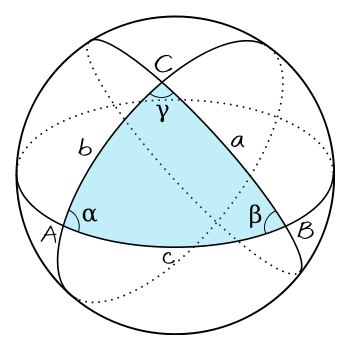Which of the following is an oxidation-reduction reaction?
a. AgNO3 (aq) + HCl (aq) → AgCl (s) + HNO3 (aq)
b. H2CO3 (aq) + Ca(NO3)2 (aq) → 2HNO3 (aq) + CaCO3 (s)
c. HCl (aq) + NaOH (aq) → H2O (l) + NaCl (aq)
d. Cu (s) + 2AgNO3 (aq) → 2Ag (s) + Cu(NO3)2 (aq)
e. Ba(C2H3O2)2 (aq) + Na2SO4 (aq) → BaSO4 (s) + 2NaC2H3O2 (aq)
a. AgNO3 (aq) + HCl (aq) → AgCl (s) + HNO3 (aq)
b. H2CO3 (aq) + Ca(NO3)2 (aq) → 2HNO3 (aq) + CaCO3 (s)
c. HCl (aq) + NaOH (aq) → H2O (l) + NaCl (aq)
d. Cu (s) + 2AgNO3 (aq) → 2Ag (s) + Cu(NO3)2 (aq)
e. Ba(C2H3O2)2 (aq) + Na2SO4 (aq) → BaSO4 (s) + 2NaC2H3O2 (aq)
1 Answer
It should be answer d.
Explanation:
It helps to write oxidation states for each major ion/element in each compound. Let's start with a:
Ag has an oxidation state of +1 in the reactants (since NO3 has a charge of -1) and a state of +1 in the products (since Cl has a charge of -1). H has a state of +1 in the reactants and products as well. Since nothing is changing in regards to the oxidation states, this is not the answer.
For b, Ca stays at +2, and H stays at +1 (they balance the charge of the opposing ions in the compound).
For c, H and Na both are at +1 for both products and reactants.
For d though, we see Cu go from 0 (it's alone) to +2, and we see Ag go from +1 to 0 from reactants to products. As such, we can conclude that d is a good answer, as the oxidation states are changing. (Cu would be oxidized and Ag would be reduced)
For e, we see that Ba stays at +1, and Na stays at +1.
So our answer should be d.
Hope this helps, and sorry if I'm wrong I haven't studied chemistry in a while.

